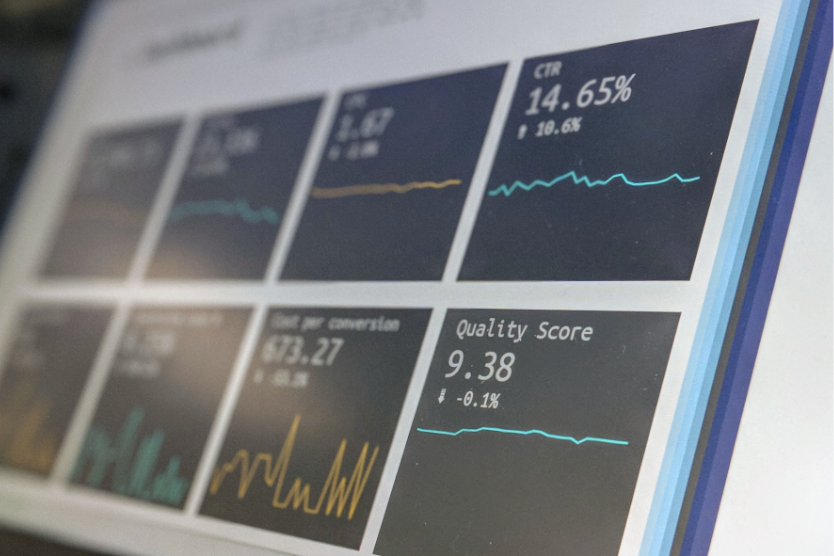
The AMIRIS software makes it possible to study the behaviour of different energy players, such as buyers, sellers and intermediaries.
© Stephen Dawson, Unsplash
The economic and regulatory framework of Germany’s electricity market needs an upgrade in line with the growing share of renewables. A little while back, the German Aerospace Centre (DLR) took on the complex job of “redesigning” the energy market to future-proof it; and they’ve just released their modelling software on an open-source platform.
AMIRIS (which stands for Agent-based Market model for the Investigation of Renewable and Integrated energy Systems) makes it possible to study the behaviour of different energy players, such as buyers, sellers and intermediaries, under different regulations and conditions. It’s designed to support developers, research institutions and energy companies.
"Market actors pursue their own interests and are exposed to multiple uncertainties. Therefore, they do not always behave in a way that would be optimal for the overall system," explains Kristina Nienhaus, group leader within the Energy System Analysis Department at DLR, in a press release. "In order for promotion instruments and framework conditions to work, they must therefore be more strongly oriented towards the behaviour of market participants. Previous energy system models generally fall short here."
Experience underlines the importance of getting framework conditions right: if they are, the behaviour of energy players generally benefits the entire ecosystem. AMIRIS provides a transparent model for simulating various “what if?” scenarios and their effects on the ecosystem including: the use of certain power plants and flexibility in storage solutions; fluctuations in electricity prices; the revenue potential of individual technologies; the real cost of energy generation and the balance of CO2 emissions overall.


